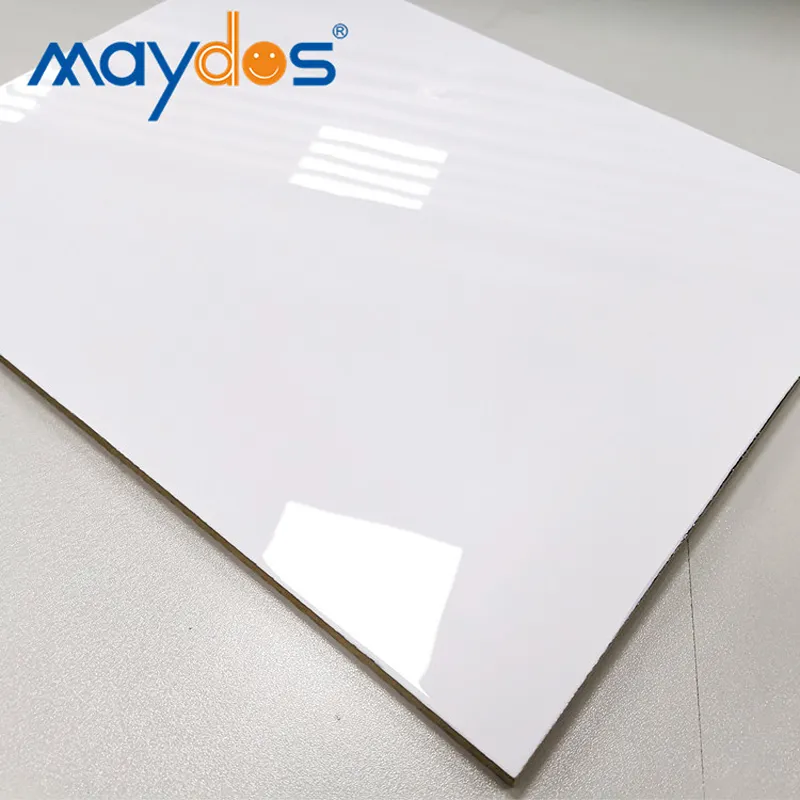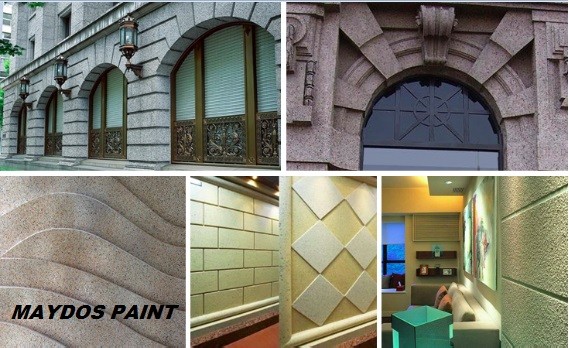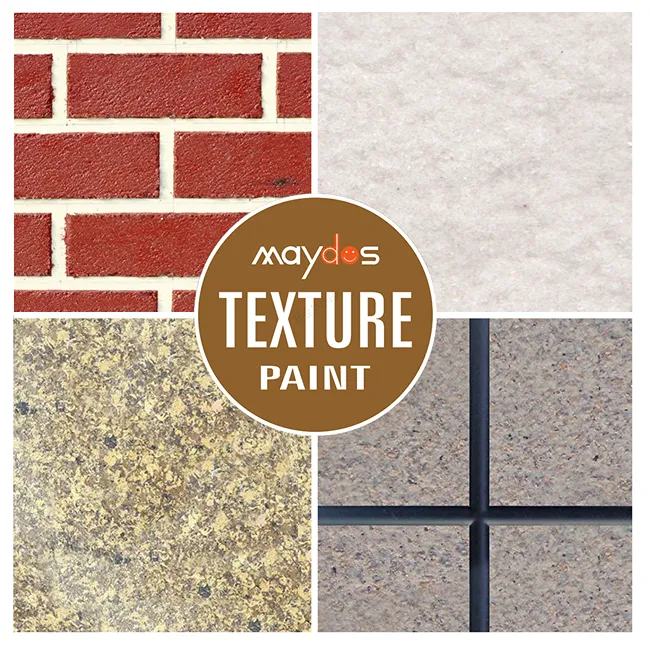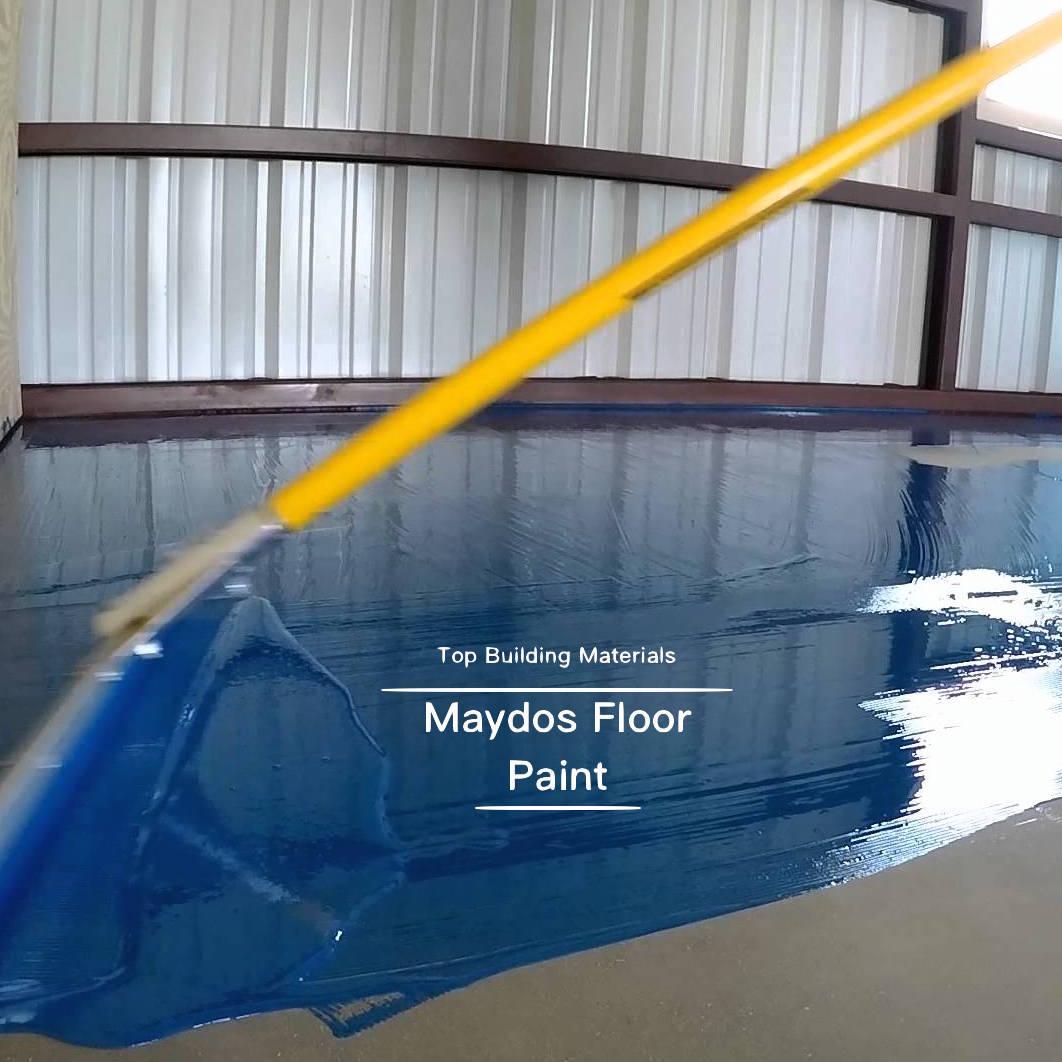Coating Factory
Coating factories are businesses that produce coatings specifically for a specific surface. Because each surface has different requirements, the coating factory’s process must be customized for the application. A good example of a company that manufactures custom coatings is PPG Industries, Inc., a Fortune 500 company with operations in more than 70 countries.
Fluidized bed powder coating
Fluid beds are used to coat large items. These are generally pipe fittings and other large irregular shapes. The part is heated above the melting point of the powder before it is dipped into the fluid. The part is then moved around in the fluid bed until the coating is the right thickness. Depending on the temperature, the coating can be as thin as a sugar coating.
The fluidized bed powder coating process has several advantages. It can be used to produce an array of colors and effects. The process uses two chambers separated by a membrane plate. When it is operating properly, the powder expands to more than twice its original volume. It is then ready to receive preheated objects. As the powder expands, it behaves like a liquid and spreads evenly across the surface of the parts. The result is a complete encapsulation of the parts.
Another benefit of fluidized bed powder coating is that it is a versatile process that can be used on many different surfaces. The fluid bed powder coating process is cost effective if the quantity of powder is larger. Larger volumes require separate powder beds. For example, the process requires pre-heating the part to ensure that it is hot enough to properly apply the coating. If the part is too thin, heat loss will occur, resulting in a reduced quality of the finished part.
The fluidized bed powder coating process is an alternative to electrostatic spray and enables a thicker layer to be applied to metal parts. It also eliminates the faraday cale effect that electrostatic spray produces. It can provide a uniform coating on all surfaces, including inside corners and welded wire products. It can also hide minor imperfections on metal to metal contact surfaces.
Orange peel coating
In order to create a high-quality orange peel finish, manufacturers have invested in a wide variety of high-gloss liquid coatings. But, they still face problems in controlling waviness, the visual phenomenon that makes orange peel look uneven. Fortunately, the technology available today can help the manufacturers control this problem.
When it comes to applying the coating, it is essential to follow the manufacturers’ recommendations. For instance, they usually recommend a certain temperature and time for the process. This helps the powder coat to properly flow out. When the recommended time and temperature are not followed, the coating will not bond properly and create an orange peel effect.
While it is difficult to get rid of orange peel, there are several methods that can reduce the effects of this problem. One method is to increase the air content of the paint, which will reduce the orange peel effect. The other method is to thin the paint. You must remember not to add too much reducer, since it will make the paint runny.
Another way to prevent orange peel is to use a primer before powder coating. This step is essential for a professional look. You should use a primer before the powder coating process, which will ensure the application is a smooth finish. It is also important to check the temperature of the powder coating oven, as improper temperatures will result in orange peel after the coating.
It is also important to choose the right nozzle for your paint gun. Otherwise, the paint will have an uneven finish when it dries.
Roll-to-roll coating
Roll-to-roll coating is an advanced process in which a layer of coating is applied to a single substrate. This process has several advantages, including high-speed, continuous production and a low capital cost. This method of coating is a good choice for companies that need to produce large quantities of a product in a short amount of time.
Roll-to-roll processes are also used to produce touch sensors, display devices, solar cells, thin film batteries, and other flexible printed electronics. The process is also used to manufacture full-devices, which include input, output, power, and circuitry. The process is ideal for high-volume applications and has a small footprint.
The percentage of coating that sticks to the part depends on the surface properties of the roller and the substrate. Most rollcoaters have methods of controlling coating thickness. This can be done with a metering blade, transfer from another roll, or other means. In the case of coatings that are ultraviolet cured, a special rollcoater is used.
A Roll-to-roll coating factory needs two main types of equipment. The first type is a dual-roll machine that can coat two products at a time. A dual-feed system can be used for coating rigid substrates. Dual feed rolls can also be used to coat stiff substrates. However, stiff substrates present difficulties when it comes to the coating process. High spots and low spots are common on stiff substrates, and it may be necessary to use a soft coating roller.
Transfer roll systems are more complicated to calibrate and adjust. In addition, additional rolls or wiper blades may be required. Roll coating machines are used for both adhesive and finish coatings. Roll coating machines are also capable of applying texture coating.
Cost-effectiveness
Having a good understanding of the cost of industrial coating can be helpful for purchasing agents and supply chain managers. There are several factors that affect the price of industrial coating. Here is a brief overview of these factors. They are related to process efficiency and capital costs. By improving transfer efficiency, a coating factory can use less material and cut costs. TE measures the amount of coating solids that are transferred to a part. It also determines the amount of overspray. Improved TE can lead to a reduction in the total cost of the coating process and a reduction in VOC emissions. It is for this reason that many surface coating operation owners strive to increase TE.
By using inert coatings, manufacturers can increase the reliability of their products. This can reduce quality issues and warranty costs. It can also reduce product return, replacement, and scrap costs. Moreover, inert coatings increase productivity and yield. These advantages can boost profit margins. In addition, the reduction of waste will lower disposal and environmental costs.
When choosing a coating supplier, consider several factors, such as equipment upgrades, adequate training for painters, and preventive maintenance programs. Another important factor is the cost of equipment. A factory that costs a lot of money may not be the most effective. A coating supplier should offer reasonable prices. Furthermore, the supplier should offer regular training programs to its painters and employees. Moreover, a coating supplier should also provide education to the end users about the benefits of powder coating.
In the U.S., the EPA estimates the cost of compliance with its standards for automotive and light-duty truck surface coatings. The estimated costs of compliance are higher for plants with higher emissions. Those with lower emissions will incur lower annualized compliance costs.





















